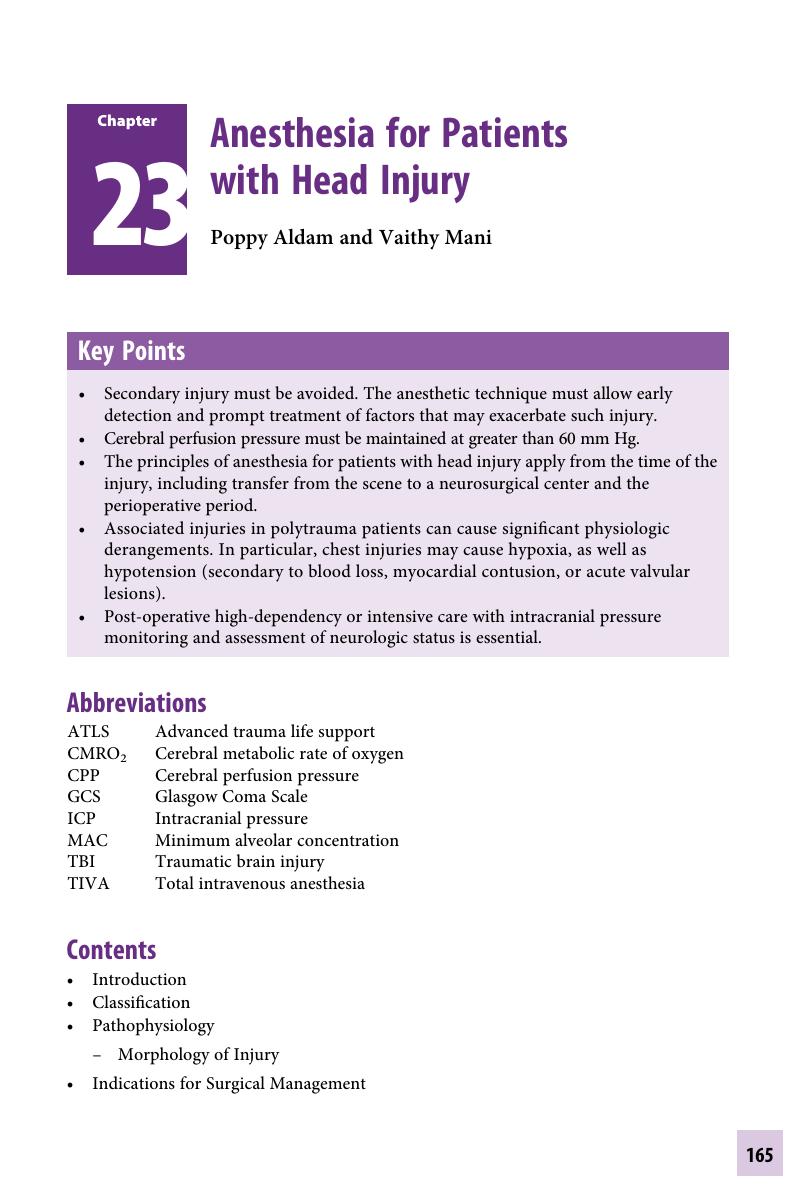Book contents
- Gupta and Gelb’s Essentials of Neuroanesthesia and Neurointensive Care
- Gupta and Gelb’s Essentials of Neuroanesthesia and Neurointensive Care
- Copyright page
- Contents
- Contributors
- Section 1 Anatomy
- Section 2 Physiology
- Section 3 Pharmacology
- Section 4 Neuroanesthesia
- Chapter 11 Preoperative Assessment
- Chapter 12 Basic Concepts of Neuroimaging
- Chapter 13 Neurosurgical Operative Approaches
- Chapter 14 Surgical Positioning
- Chapter 15 Anesthesia for Elective Supratentorial Surgery
- Chapter 16 Anesthesia for Intracranial Vascular Lesions
- Chapter 17 Anesthesia for Posterior Fossa Lesions
- Chapter 18 Anesthesia for Cerebrospinal Fluid Diversion and Endoscopic Neurosurgical Procedures
- Chapter 19 Anesthesia for Epilepsy Surgery
- Chapter 20 Perioperative Management of Awake Craniotomy
- Chapter 21 Anesthesia for Stereotactic and Other Functional Neurosurgery
- Chapter 22 Anesthesia for Pituitary Surgery
- Chapter 23 Anesthesia for Patients with Head Injury
- Chapter 24 Anesthesia for Spinal Surgery
- Chapter 25 Airway Management and Cervical Spine Disease
- Chapter 26 Carotid Endarterectomy
- Chapter 27 Anesthesia and Sedation for Neuroimaging
- Chapter 28 Anesthesia for Interventional Neuroradiology
- Chapter 29 Anesthesia for Neurosurgery in Infants and Children
- Chapter 30 Anesthetic Considerations for Pediatric Neurotrauma
- Chapter 31 Post-Anesthesia Care Unit
- Section 5 Neurointensive Care
- Section 6 Monitoring
- Section 7 Miscellaneous
- Index
- References
Chapter 23 - Anesthesia for Patients with Head Injury
from Section 4 - Neuroanesthesia
Published online by Cambridge University Press: 19 June 2018
- Gupta and Gelb’s Essentials of Neuroanesthesia and Neurointensive Care
- Gupta and Gelb’s Essentials of Neuroanesthesia and Neurointensive Care
- Copyright page
- Contents
- Contributors
- Section 1 Anatomy
- Section 2 Physiology
- Section 3 Pharmacology
- Section 4 Neuroanesthesia
- Chapter 11 Preoperative Assessment
- Chapter 12 Basic Concepts of Neuroimaging
- Chapter 13 Neurosurgical Operative Approaches
- Chapter 14 Surgical Positioning
- Chapter 15 Anesthesia for Elective Supratentorial Surgery
- Chapter 16 Anesthesia for Intracranial Vascular Lesions
- Chapter 17 Anesthesia for Posterior Fossa Lesions
- Chapter 18 Anesthesia for Cerebrospinal Fluid Diversion and Endoscopic Neurosurgical Procedures
- Chapter 19 Anesthesia for Epilepsy Surgery
- Chapter 20 Perioperative Management of Awake Craniotomy
- Chapter 21 Anesthesia for Stereotactic and Other Functional Neurosurgery
- Chapter 22 Anesthesia for Pituitary Surgery
- Chapter 23 Anesthesia for Patients with Head Injury
- Chapter 24 Anesthesia for Spinal Surgery
- Chapter 25 Airway Management and Cervical Spine Disease
- Chapter 26 Carotid Endarterectomy
- Chapter 27 Anesthesia and Sedation for Neuroimaging
- Chapter 28 Anesthesia for Interventional Neuroradiology
- Chapter 29 Anesthesia for Neurosurgery in Infants and Children
- Chapter 30 Anesthetic Considerations for Pediatric Neurotrauma
- Chapter 31 Post-Anesthesia Care Unit
- Section 5 Neurointensive Care
- Section 6 Monitoring
- Section 7 Miscellaneous
- Index
- References
Summary

- Type
- Chapter
- Information
- Publisher: Cambridge University PressPrint publication year: 2018



